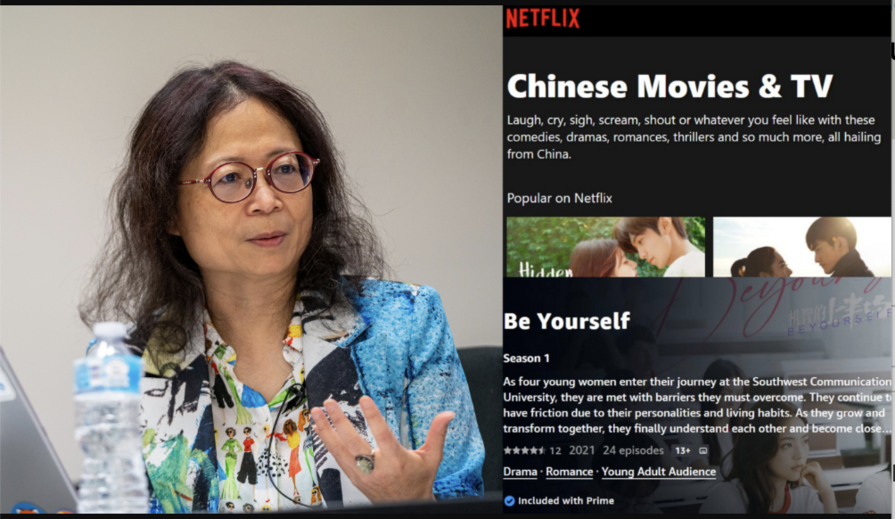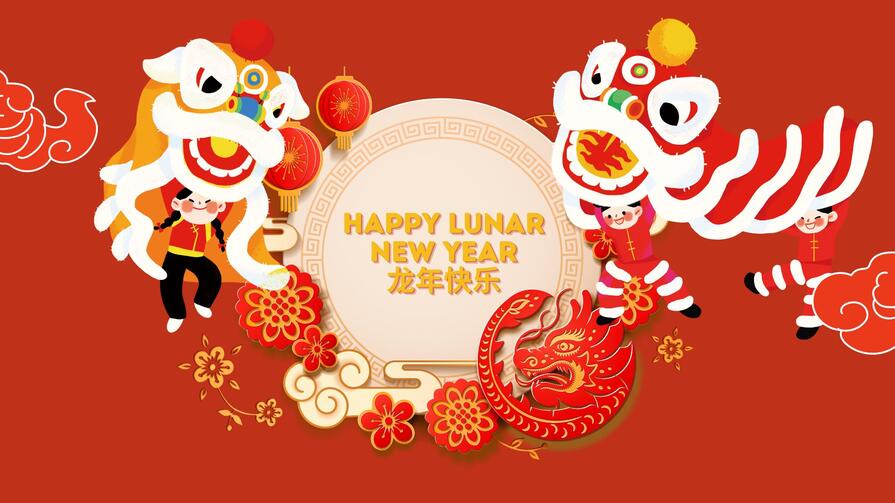James Patrick Leibold, Ph.D.
Abstract (Summary)
This study examines the attempts by China's Han ethnic majority to politically and culturally incorporate the ethnically heterogeneous polities of the former Qing empire (1644-1911) into a new national imaginary during the Republican Era (1911-1949), or what Sun Yat-sen first called a single, pure Zhonghua minzu (Chinese nation/race). In their attempts to fashion this new sense of corporate identity, Han political elites used a series of political and cultural strategies aimed at reifying the fluid political relations between the ethnically diverse citizens of the new Chinese Republic. The state's goal was not only the allegiance of the Tibetan, Mongolian and other frontier minorities towards the political center, but the construction of a myth of national belonging rooted in the perception of a common history, soil and blood.
My treatment of Chinese nation-building attempts to demonstrate how, in many ways, the frontier and its ethnic minorities were central rather than peripheral to the process of "revolution" in modern China. Despite their relatively small numbers, the frontier minorities inhabited roughly sixty-percent of the Republic's national territory, most of which was located along the remote yet resource-rich borderlands crucial to the state's economic modernization yet also coveted by the imperialist powers. In the days following the collapse of the Qing empire in 1911, Mongolia, Tibet, Manchuria and other frontier regions broke with the Han political and cultural center. Faced with the possibility of losing much of their national territory and wealth to the foreign imperialists, Han elites stressed the urgent need for both the rhetorical and physical absorption of the frontier minorities into a thoroughly unified and ethnically pure Chinese Republic. By uncovering the complex process of nation-building in early 20th century China, my study attempts to shed new light on the Chinese state's attempts to homogenize (if not erase) ethnic and cultural diversity from its political and historical landscape. In short, the national and frontier questions in Republican China was fundamentally about the construction of a united, monoethnic and modern Zhonghua minzu --an "imagined community" capable of naturalizing the heterogeneous polities of the Qing empire into a single homogenous Chinese nation.
Advisor: Furth, Charlotte



